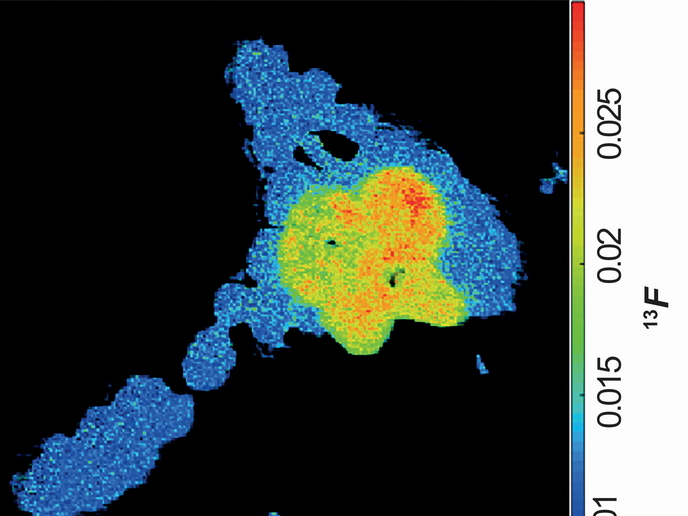Improving carbon storage efficiency
Carbon capture and storage (CCS) is the most promising approach to curbing global climate change, by stopping carbon dioxide (CO2) from entering the atmosphere. However, current approaches are ineffective due to low CO2 partial pressure in flue gas, multiple processing steps and the presence of sulphur dioxide (SO2). The EU-funded 'Innovative CO2 capture' (ICAP)(opens in new window) project developed new, more efficient technology to address these bottlenecks. The project's main technological objectives were to advance liquid solvents for improved CO2 sequestration, new types of membranes for CO2 capture and separation, and the means for combined capture of CO2 and SO2. Researchers envision that these changes could reduce the energy used for CCS by up to 45 %. They developed and tested a two-liquid phase absorption system that concentrates CO2 in one phase, thereby reducing both solvent circulation and heat required for regeneration. Mathematical models of the process were developed and validated using data from the pilot plant. ICAP also developed new membrane materials with improved permeability and carbon selectivity. These showed promise as hydrogen transport membranes in laboratory testing. Combined CO2 and SO2 capture was demonstrated using both ammonia and carbonates. The absorption processes were modelled extensively and show superior carbon capture when compared to traditional approaches. A techno-economic analysis using these newly developed technologies gave a 5 % reduction in efficiency penalties at a coal-fired power station. This represents a major step forward for the widespread uptake of CCS technologies.







